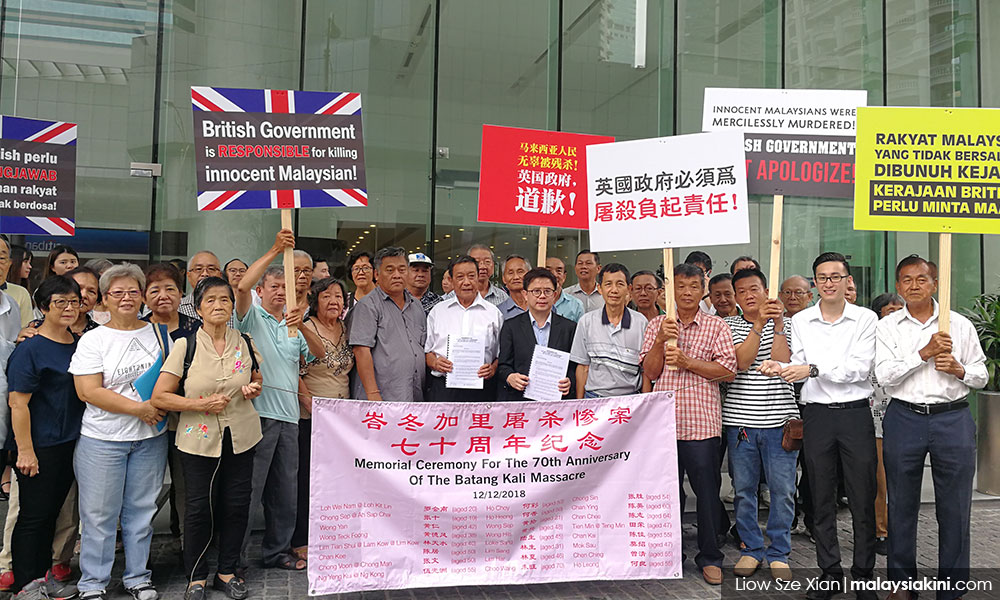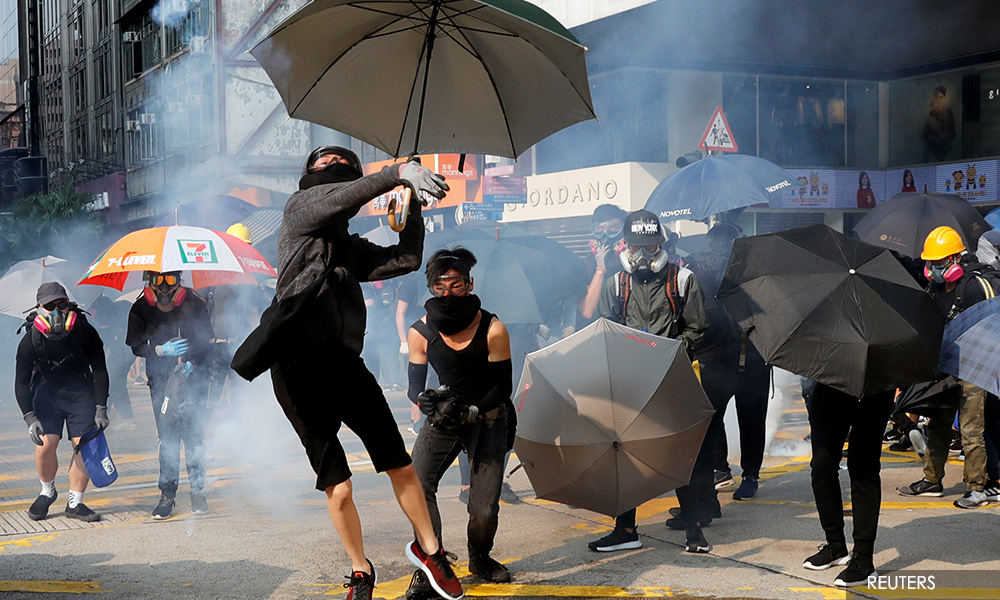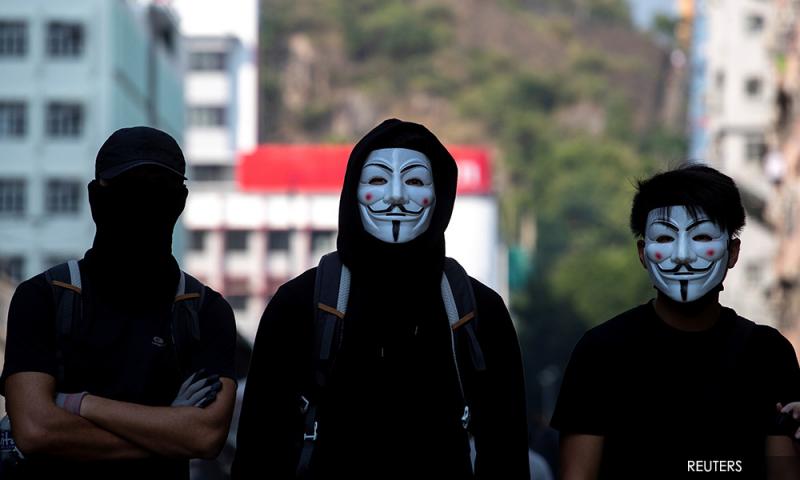Emergency: Malaya 1948 and Hong Kong 2019
COMMENT | The world has cast its eyes on Hong Kong following the enactment of the anti-face mask law under the Emergency Regulations Ordinance by Carrie Lam, the Chief Executive of the Hong Kong Special Administrative Region.
Although most of the media focus was cast on the effect of the anti-face mask law on the protesters and their on-going movement, the truly concerning fact is the invocation of the Emergency Regulations Ordinance to promulgate said law, bypassing the Legislative Council, despite Carrie Lam’s repeated emphasis that Hong Kong is “not in a state of emergency”.
The Emergency Regulations Ordinance of Hong Kong was enacted in 1922 in response to the Hong Kong Seamen Strike, and has been used twice since then, in the 1967 Hong Kong Riot and 1979 Oil Crisis, before its fourth use in 2019.
Incidentally, Malaysia, also a former British colony, is no stranger to the state of emergency. In an attempt to strengthen its governance in post-war British Malaya, the British wanted to structure Malaya, then consisting of crown colonies and a collection of protectorates in various forms, into a single administrative region during the 1940’s.
The British first introduced the Malayan Union in 1946, which was unpopular among the monarchies and the local Malay population for being too loose with its citizenship law, offering a very relaxed approach in granting citizenship to immigrants who were mainly ethnic Chinese and ethnic Indians.
In the process of ratifying its mistake of the Malayan Union, the British worked together with the United Malays National Organisation (Umno) to draft a replacement in the form of “The Federation of Malaya”.
However, the replacement was not popular among leftists, including the Malay Nationalist Party (PKMM), and the Malayan Communist Party (MCP), which claimed that the new proposal was merely a “Malayan Union 2.0” in disguise.
Waves of protests and strikes were launched in an attempt to stop the formation of “The Federation of Malaya”, demanding a more egalitarian approach. Their voices were ignored, and the Federation of Malaya came into being on 1st February, 1948.
Four months later, 3 European plantation managers were assassinated. The British then declared Malaya to be in a state of emergency.

The state of emergency allowed the British government (and later, the post-independence Malayan government) to administer the country with an iron fist. Leftist parties were marginalized, and even prevented from being registered in the case of the Malay Nationalist Party. War crimes were perpetuated in the name of “security”, including a massacre of 24 unarmed men from a village, known as “The Batang Kali Massacre”.
Under the state of emergency, the British removed hundreds of thousands of people from their land into guarded camps called “New Villages” in order to curb any possible contact with insurgents fighting in the jungle.
The Malayan Emergency left a permanent mark on post-independent Malaysia, in the form of the Internal Security Act 1960, which was passed shortly before the end of the Emergency. The Internal Security Act 1960 allowed the authority to detain anyone without trial under certain conditions, effectively extending part of the executive’s emergency power beyond the end of the Emergency.
The Internal Security Act continues to become a major feature of Malaysian politics until 2012, when it was repealed and replaced by the Security Offences (Special Measures) Act 2012.

When I revisit the history of the Emergency in Malaya/Malaysia, it reminds me of what is unfolding in Hong Kong this year. An unpopular bill was introduced by the Hong Kong government, resulting in protests and strikes that were ignored.
It was followed by an escalation in resistance, culminating in the enactment of laws under an emergency regulation. Many Hongkongers challenge their government’s claim that it was a genuine necessity.
It is more chilling to note that the Malayan Emergency was part of the fight in the wider Cold War against communist insurgencies, seemingly resonating with the position of Hong Kong as the frontline of the new Cold War in the 21st Century.
However, this time it is the turn of the Communists, the overlords of Carrie Lam, who invoke emergency power in Hong Kong. More importantly, it sheds light on what might happen next, this time in an international financial hub that may affect the stability of the region.
When we look back to the Malayan Emergency era, many are ashamed of the atrocities committed by those in power in the name of security. The possibility of a similar fate truly strikes fear into the hearts of many Hongkongers.
As the Carrie Lam administration plans its next move with the power bestowed upon them through the Emergency Regulations Ordinance, talk of regulating internet access, and the postponement or even cancellation of district council elections are in the air.
The administration has repeatedly dismissed these concerns. However, once the genie is out of the bottle, there is no way to get the genie back into it.
S L YAP is a Malaysian residing in Hong Kong.
The views expressed here are those of the author/contributor and do not necessarily represent the views of Malaysiakini.RM12.50 / month
- Unlimited access to award-winning journalism
- Comment and share your opinions on all our articles
- Gift interesting stories to your friends
- Tax deductable
